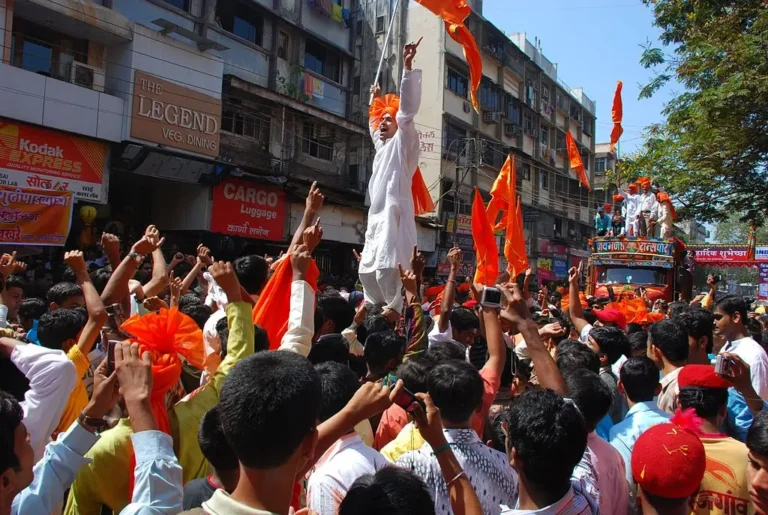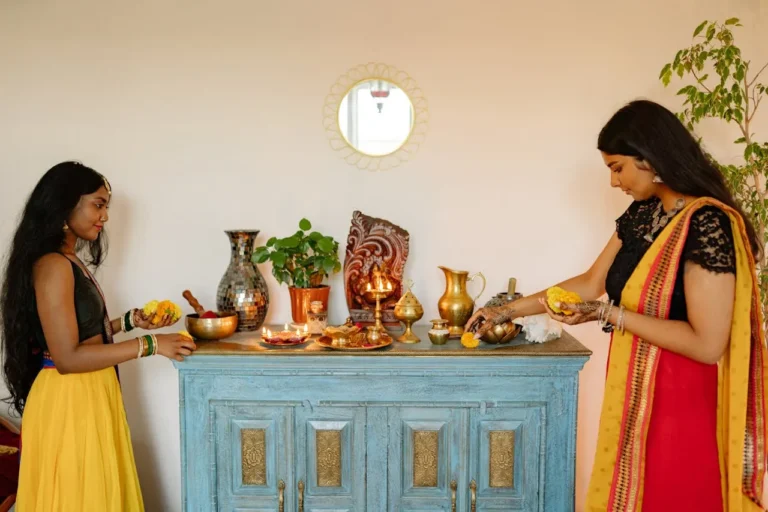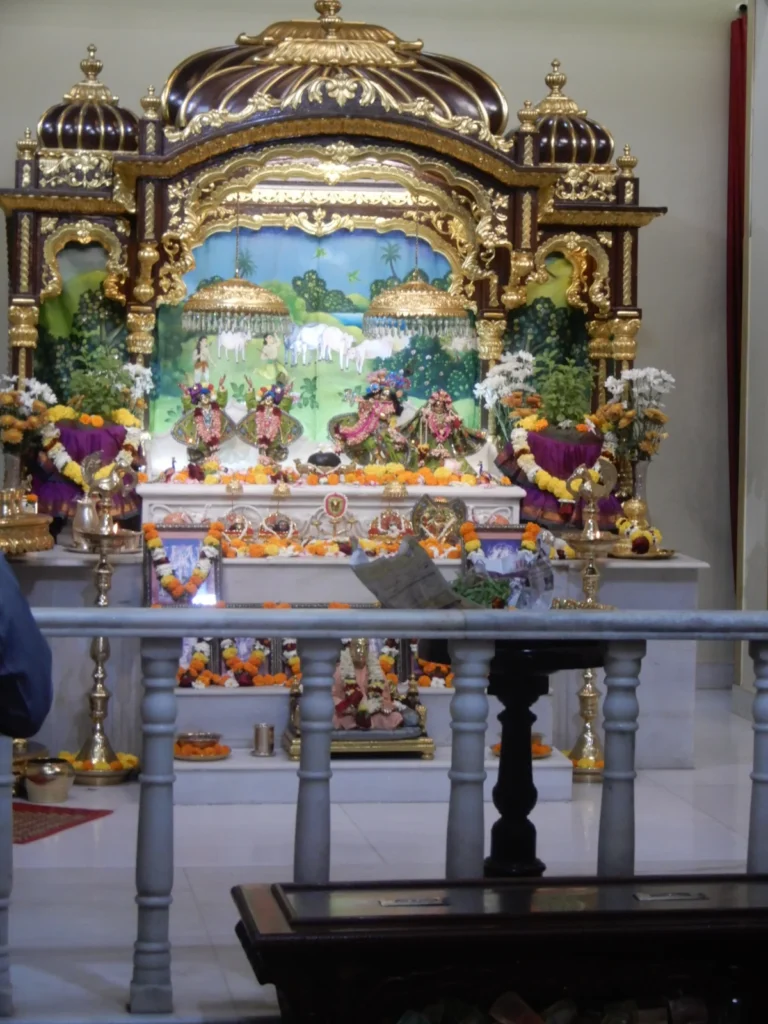10 Do’s and Don’ts of Cultural Etiquette in India
India is a land of rich culture and diverse traditions, and it can be quite a cultural shock for those who are not familiar with its customs. However, with the right knowledge of cultural etiquette, you can make the most of your trip to this vibrant country.
From greeting locals to dining manners, there are certain dos and don’ts you should be aware of to avoid any cultural faux pas.
Let’s explore the top 10 do’s and don’ts of cultural etiquette in India to help you navigate your way through the country like a pro. So, if you want to ensure that your trip to India is a memorable and respectful one, keep reading.
Do’s and Don’ts
1. Do dress appropriately
When visiting India, it is important to keep in mind that the culture is quite conservative. Dressing appropriately is essential to show respect for the local customs and traditions. To avoid any discomfort or unwanted attention, it is recommended that visitors dress modestly.
This means avoiding clothing that is too revealing, such as shorts, tank tops, and low-cut tops. In particular, women should be mindful of the length of their skirts and dresses, making sure that they cover their knees.
In some parts of India, it is common for women to wear traditional clothing, such as sarees or salwar kameez. These outfits can be both modest and beautiful, and wearing them can be a way to show respect for the local culture.
However, it is important to note that wearing traditional clothing as a foreigner may attract unwanted attention, so it is advisable to dress conservatively but still comfortably.
It’s also important to keep in mind that the weather in India can be quite hot, especially during the summer months. Lightweight, breathable fabrics such as cotton and linen are ideal for staying cool in the heat while still maintaining an appropriate level of modesty.
Overall, dressing appropriately in India is a sign of respect for the culture and customs of the country. By dressing modestly and comfortably, visitors can avoid unwanted attention and show their appreciation for the local traditions.
2. Don’t show public displays of affection
India is a country steeped in tradition and culture, and one of the most important things to keep in mind when visiting is the concept of public displays of affection. While holding hands or hugging may be commonplace in other parts of the world, it is important to understand that it is generally frowned upon in India. This is because the country has a conservative society that places great importance on modesty and respect.
Public displays of affection are not only considered inappropriate but they are also often viewed as a sign of disrespect. This is especially true in rural areas or smaller towns, where the culture is more conservative. Visitors to India should be mindful of their actions and should avoid any behavior that could be seen as disrespectful.
It is also worth noting that the laws in India prohibit any acts of public indecency, including public displays of affection. Violators can face legal action and may be fined or even jailed. Therefore, it is important to show respect for the culture and traditions of India and to be mindful of your behavior in public.
In conclusion, while it may be common to show public displays of affection in some parts of the world, it is important to remember that it is not appropriate in India. Visitors to the country should always be respectful of the local customs and traditions and should avoid any behavior that could be viewed as inappropriate or disrespectful.
3. Do remove shoes before entering someone’s home
In India, it is customary to remove one’s shoes before entering someone’s home. This tradition is rooted in the country’s culture, which places great emphasis on cleanliness and hygiene. It is a sign of respect to the homeowner and the household, as it helps to keep the floors clean and free of dirt and germs.
Not removing shoes can be seen as a sign of disrespect or rudeness, and can make the host feel uncomfortable or offended. In some cases, not removing shoes may even be considered taboo.
It is important to note that this practice is not limited to homes only, but also extends to temples, mosques, and other religious sites. Visitors are expected to remove their shoes before entering these places of worship as a sign of reverence and respect for the sacred space.
So, if you are planning to visit someone’s home or a religious site in India, make sure to take off your shoes before entering. You can keep a pair of socks handy if you prefer to keep your feet covered. This simple gesture of respect can go a long way in building strong and positive relationships with your hosts and the community.
4. Don’t touch or point with your feet
In India, the feet are considered the lowest part of the body, both literally and figuratively. Therefore, it is important to avoid touching or pointing with your feet when communicating with someone. This is because touching someone with your feet or pointing at them is seen as disrespectful and offensive.
Instead, it is recommended to use your hands to point or gesture when communicating with others.
Additionally, it is also customary to remove your shoes before entering someone’s home in India. This is a sign of respect towards the host and their home, as it is believed that shoes carry dirt and negative energy.
If you accidentally touch or point with your feet, it is important to apologize immediately and show your sincere regret. Indians are generally forgiving and understanding towards foreigners who may not be familiar with their customs and traditions.
However, it is always best to be aware of these cultural practices and show respect towards them to avoid any unintentional offense.
In summary, while communicating in India, it is best to avoid touching or pointing with your feet and to remove your shoes before entering someone’s home. By being aware of these cultural practices, you can show respect towards the Indian people and their customs.
5. Do greet with a namaste
When visiting India, it’s important to understand and respect cultural customs. One common way to greet others in India is with a namaste. This gesture involves pressing your palms together in front of your chest and bowing your head slightly. The word namaste itself means “I bow to the divine in you.”
Greeting someone with a namaste shows respect and acknowledgment of their presence. It’s also a way to show humility and gratitude. Namaste is a common greeting among people of all ages and social statuses in India.
While some may prefer to shake hands or hug when meeting someone, using a namaste is a safe and respectful way to greet someone in India, particularly if you’re unsure of their customs.
It’s important to note that different regions of India may have different greetings and customs, so it’s always a good idea to research the specific area you’ll be visiting.
By taking the time to learn about and respect cultural customs, you’ll be able to connect with locals in a meaningful way and create a positive experience for yourself and others.
6. Don’t shake hands with members of the opposite sex
When it comes to cultural etiquette in India, there are certain customs that visitors should be aware of to show respect for the local culture. One important rule is to avoid shaking hands with members of the opposite sex. In India, physical contact between men and women is often avoided in public and considered inappropriate.
Instead, a polite nod or greeting with folded hands is a more appropriate way to show respect. This is especially true in more conservative parts of the country, where public displays of affection between couples are also frowned upon.
It’s important to remember that different regions and religions in India may have varying customs and expectations, so it’s always a good idea to do some research before visiting.
By respecting local customs and traditions, visitors can show their appreciation for the culture and create more meaningful connections with the people they meet. In general, it’s better to err on the side of caution and avoid behaviors that might be considered inappropriate or offensive.
By being mindful of these cultural differences, visitors can have a more enjoyable and respectful experience in India.
7. Do eat with your right hand
In India, eating with your hands is a common practice and is considered more traditional than using utensils. However, it’s important to remember to use your right hand when eating, as the left hand is considered unclean in Indian culture. This is because the left hand is traditionally used for tasks such as cleaning oneself after using the bathroom.
Additionally, when eating in a group, it is important to wait for everyone to be served before beginning to eat. In Indian culture, sharing food is a symbol of bonding and hospitality. Therefore, it is considered impolite to begin eating before everyone is served.
Moreover, it is important to remember that Indian cuisine is known for its spiciness and can be quite different from what you might be used to. So, it’s always a good idea to ask your host or waiter about the level of spiciness in a dish before ordering.
By following these simple guidelines, you can show respect for the culture and make your dining experience in India more enjoyable.
8. Don’t eat beef
In India, cows are considered sacred by many Hindus, and therefore, beef is not consumed by a large portion of the population. As a visitor, it is important to be aware of this cultural sensitivity and avoid eating beef in India.
Not only is it considered disrespectful, but it can also be a legal issue in some parts of the country. In fact, in some states, the slaughter of cows and the consumption of beef is prohibited by law. Therefore, it is important to respect local customs and laws while traveling in India.
However, there are many other delicious vegetarian and non-vegetarian options available in India to indulge in. From flavorful curries to tasty biryanis, there is no shortage of delicious and authentic Indian dishes to try.
By avoiding beef, you can show respect for the culture and traditions of the people in India. It is important to remember that cultural sensitivity and understanding are key to a positive and enjoyable travel experience.
9. Do respect elders
In India, respecting elders is a cornerstone of the culture. Elders are often viewed as the source of wisdom and experience and are given great respect and reverence. It is important to show respect to elders through words and actions and to seek their guidance and blessings.
One way to show respect to elders is by using appropriate titles and honorifics. In India, it is common to use titles such as “auntie” or “uncle” when addressing someone older, even if they are not a blood relative. This shows a level of deference and respect for their age and experience.
Another way to show respect to elders is through gestures of humility and deference. This can include bowing or touching their feet as a sign of respect or offering to help them with tasks or errands. It is also important to listen carefully to their words of wisdom and advice and to show gratitude for their guidance and support.
In conclusion, respecting elders is a crucial aspect of Indian culture. By showing deference and respect to elders, we honor their wisdom and experience and strengthen the bonds of family and community.
10. Don’t raise your voice or use aggressive language
When visiting India, it’s important to remember that raising your voice or using aggressive language is generally not well-received. Indians place a high value on maintaining a peaceful and harmonious environment, and aggressive behavior can be seen as disrespectful and confrontational.
Instead, try to use a calm and respectful tone when communicating with others, even if you feel frustrated or upset. It’s also important to listen carefully to others and show that you are actively engaged in the conversation.
Using profanity or offensive language is also considered inappropriate in many parts of India. It’s best to avoid using any language that could be considered vulgar or offensive, even if you hear others using it.
Remember that non-verbal communication is just as important as verbal communication in India. Avoid making aggressive gestures or standing too close to others, as this can be seen as confrontational. Instead, try to maintain a respectful distance and use open and welcoming body language to show that you are friendly and approachable.
Overall, showing respect for others and maintaining a calm and peaceful demeanor are key to building positive relationships and enjoying your time in India.
Conclusion
Cultural etiquette is an essential aspect of traveling to a foreign country, and India is no exception. Knowing the dos and don’ts of Indian culture can make a significant difference in how you are perceived by locals and how you enjoy your trip.
From greeting with a Namaste to eating with your right hand and not raising your voice or using aggressive language, these cultural customs are vital to respect.
So, if you’re planning a trip to India, take some time to research the cultural norms and traditions beforehand. By doing so, you’ll be able to show your respect for the Indian culture and people, and you’ll undoubtedly have a more enjoyable and memorable experience.
What other cultural customs have you come across during your travels to India or any other foreign country? How did you adapt to them, and what was your experience like? Share your thoughts and experiences in the comments below.







